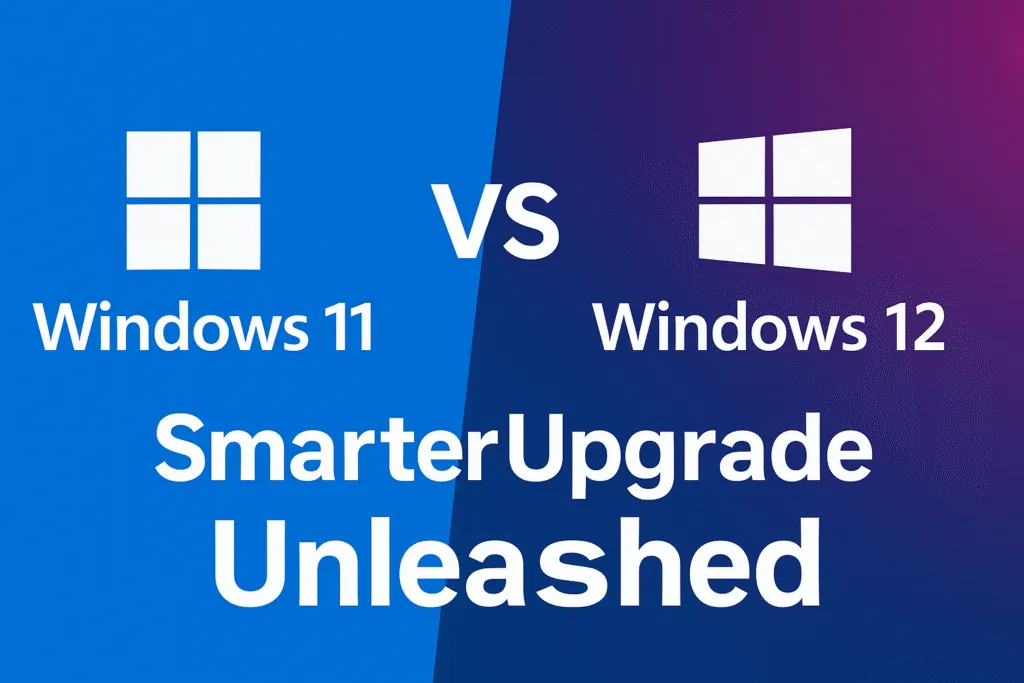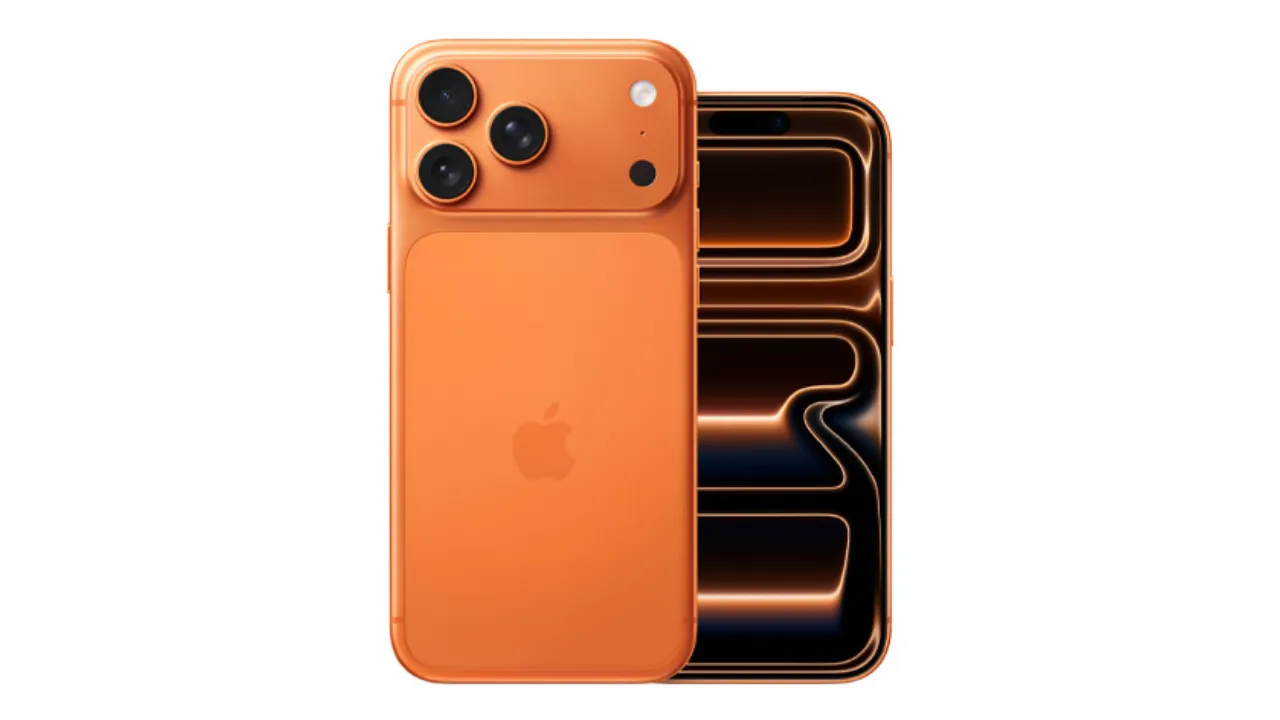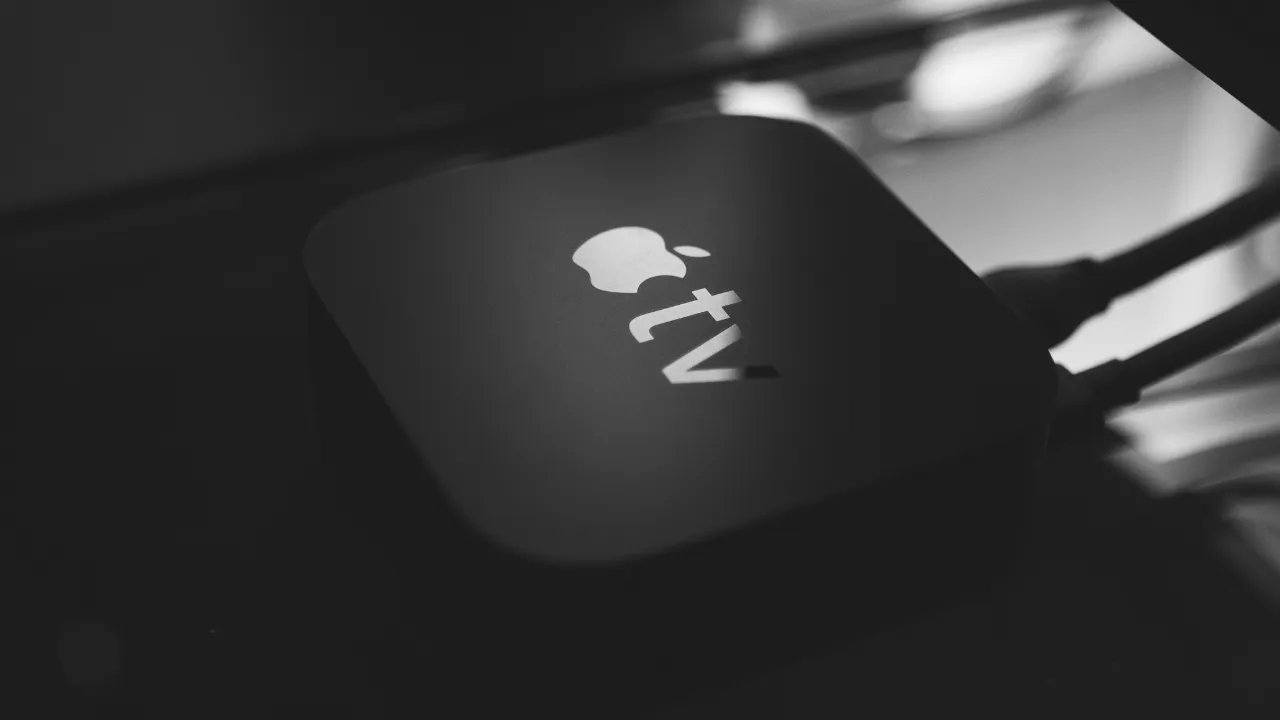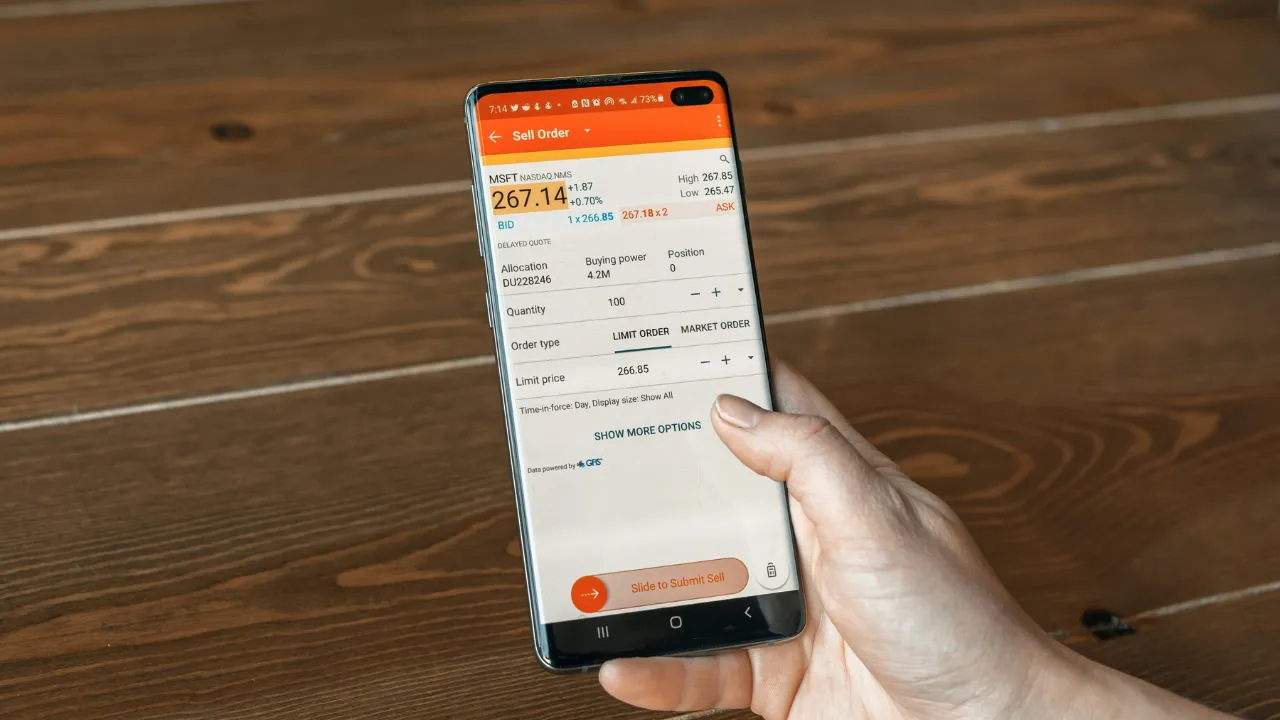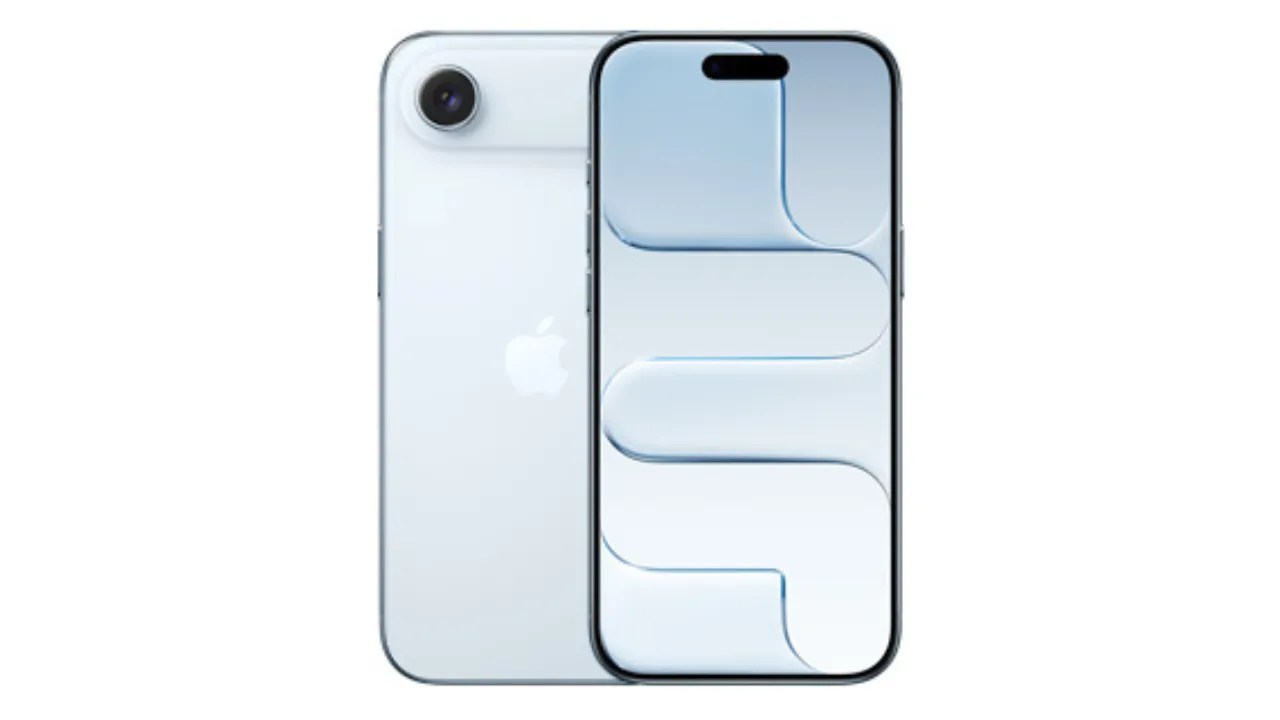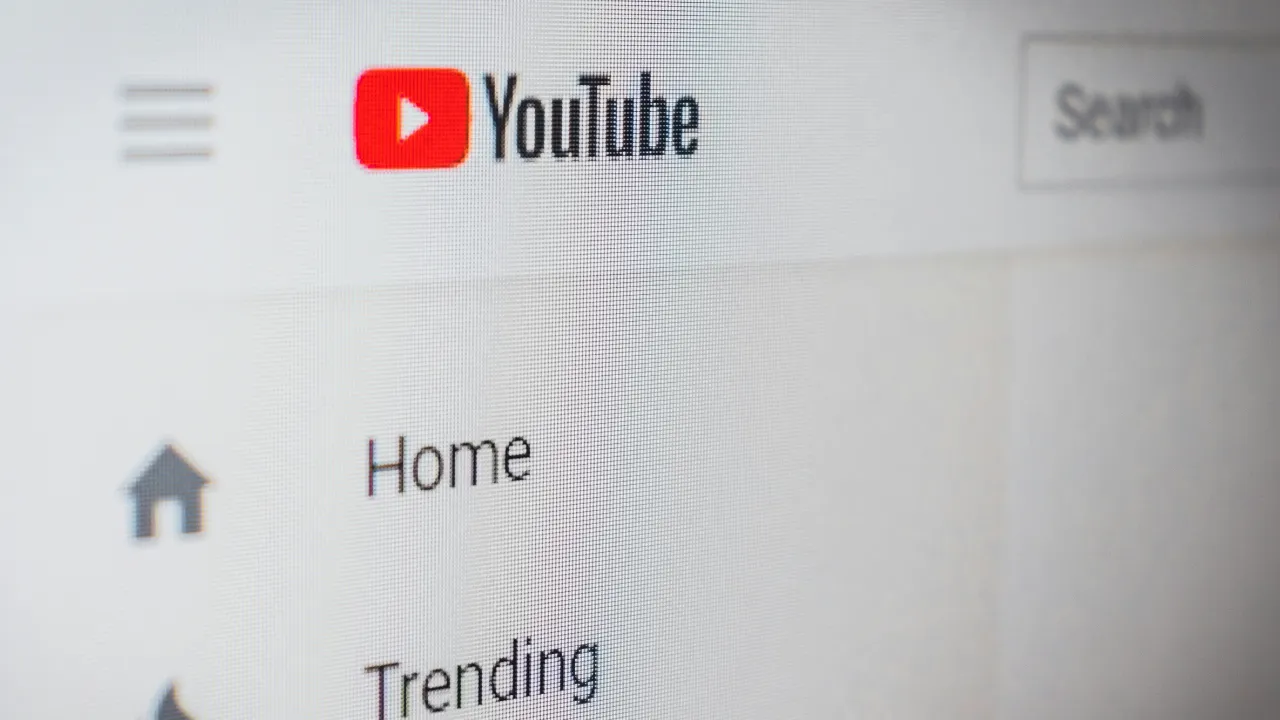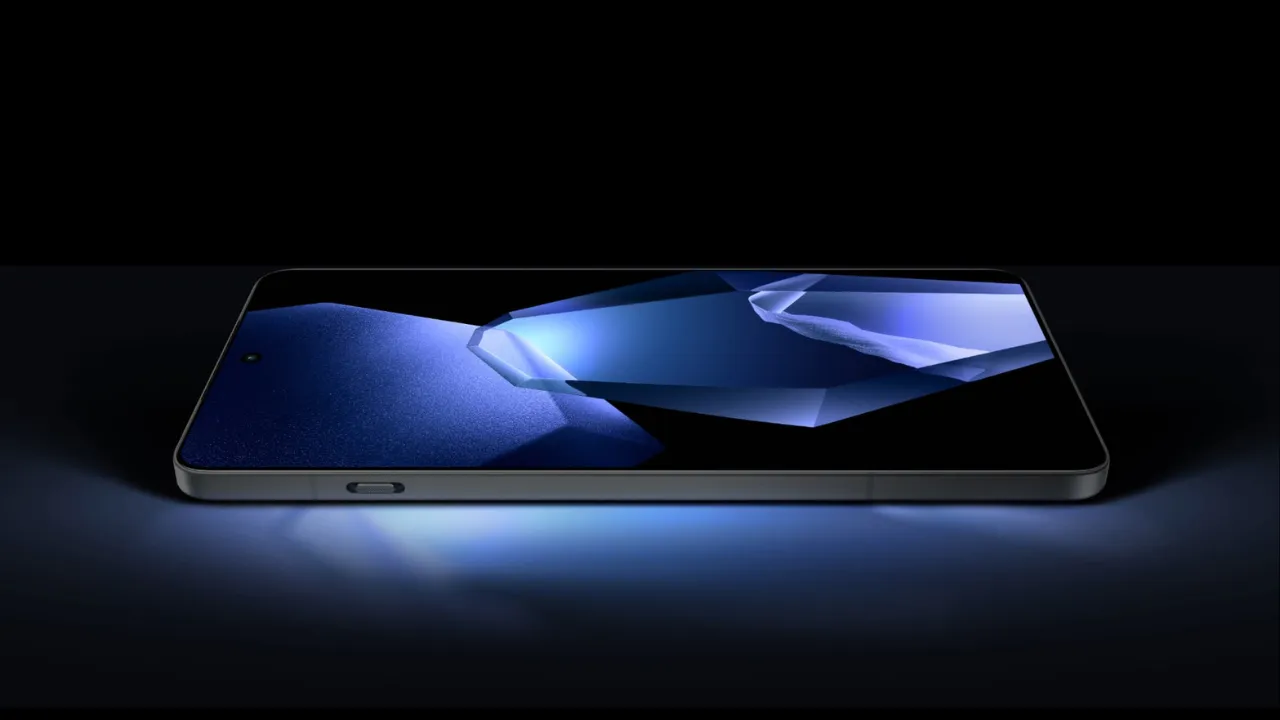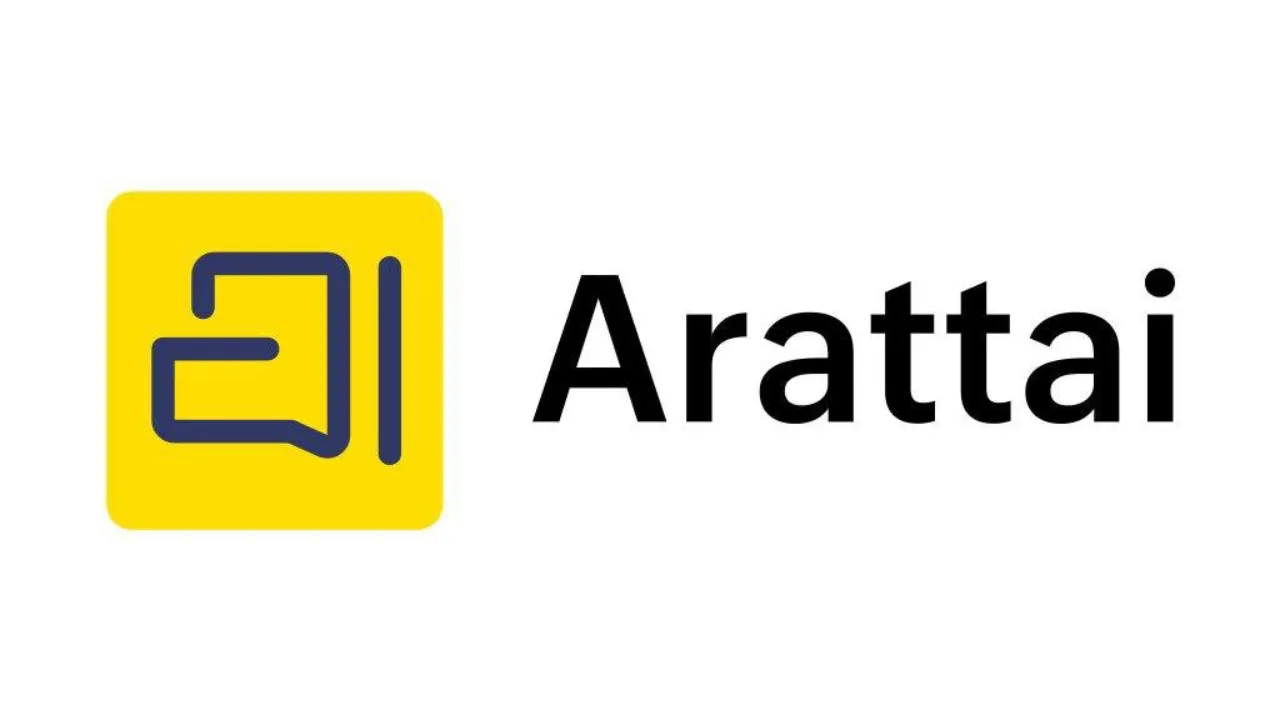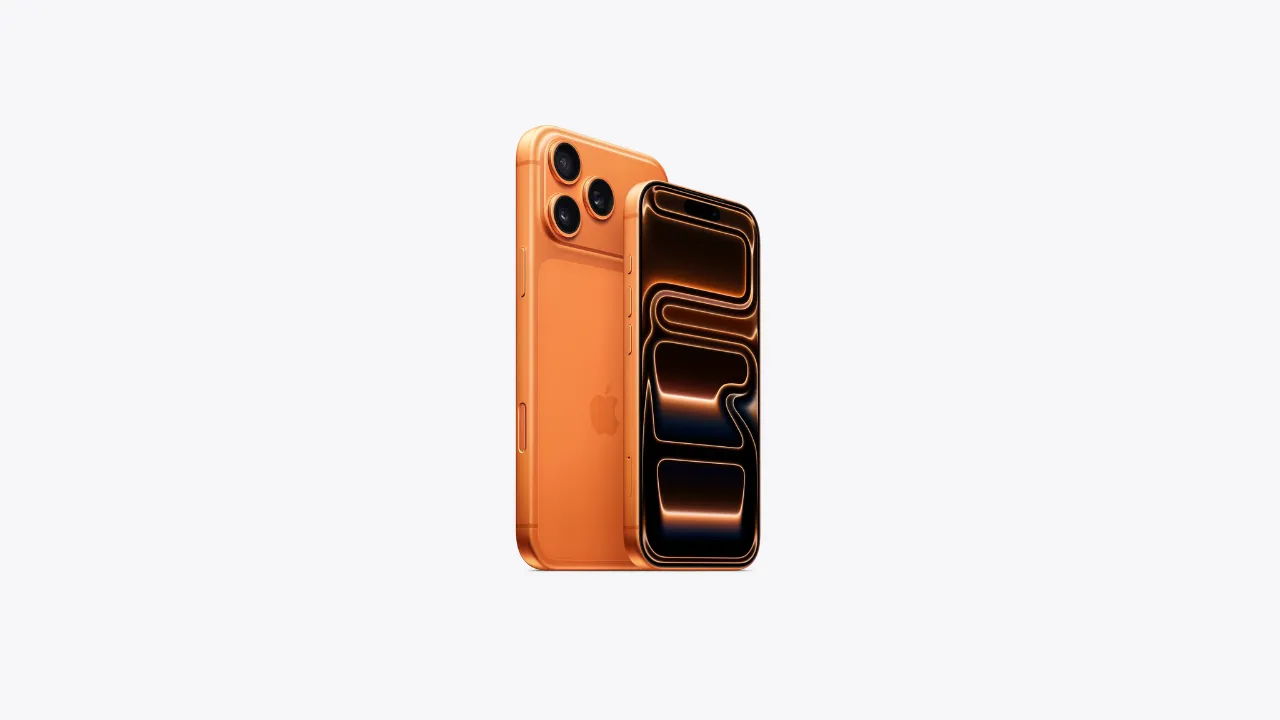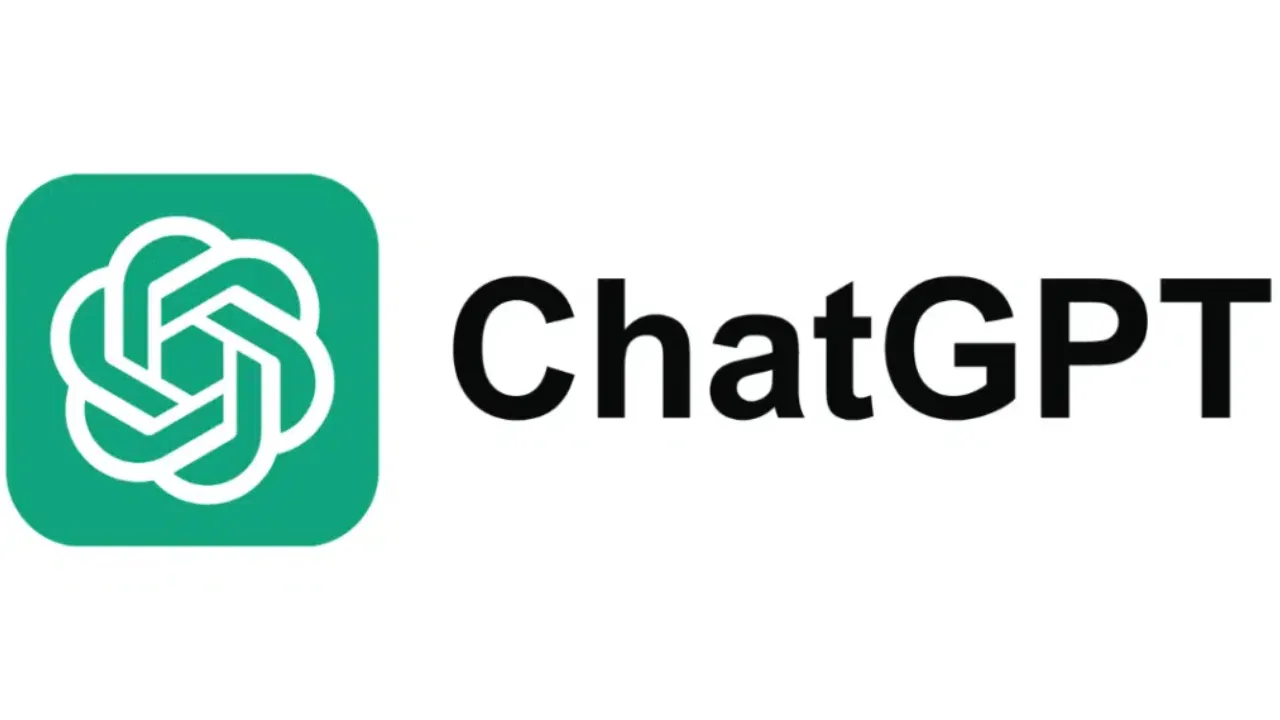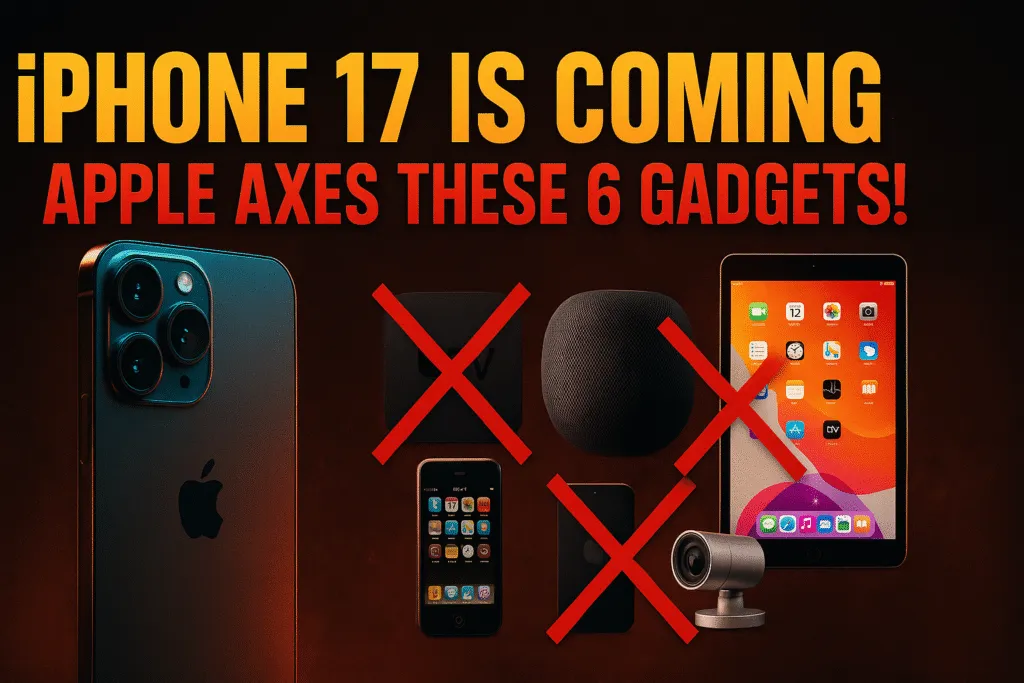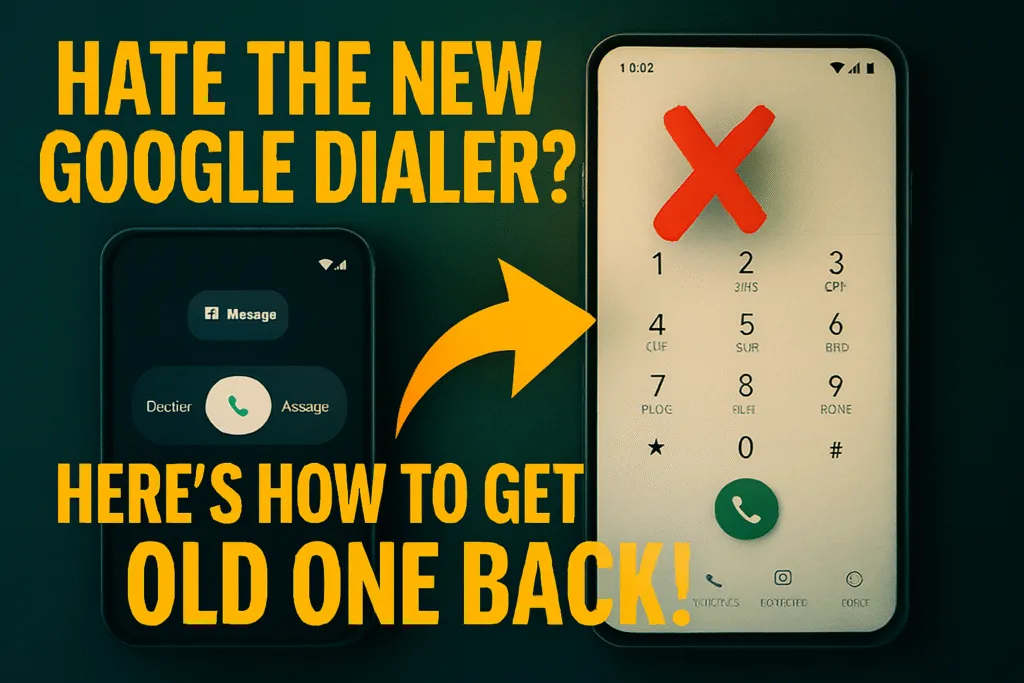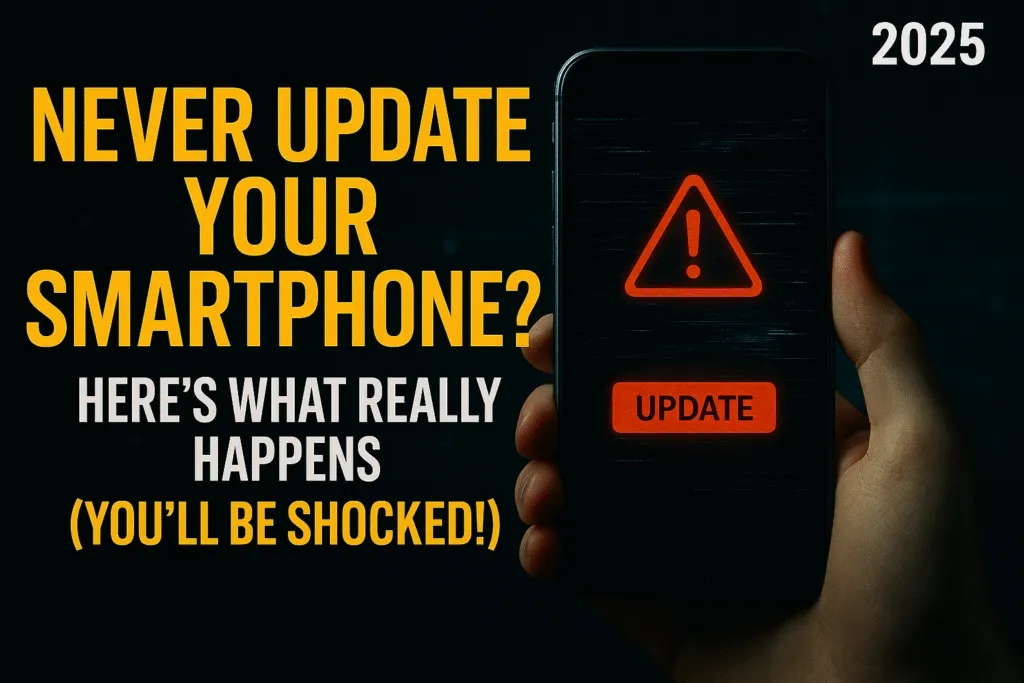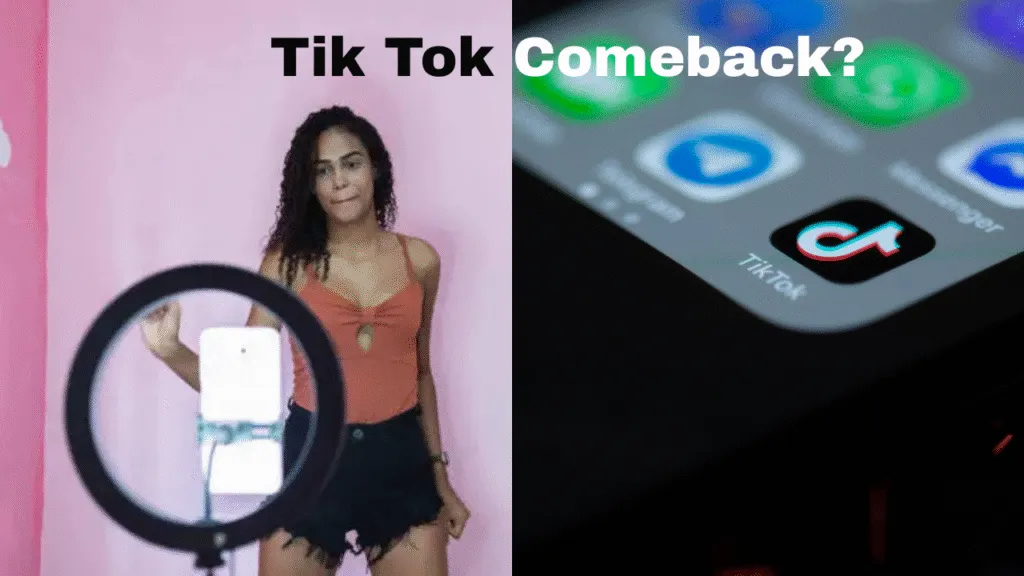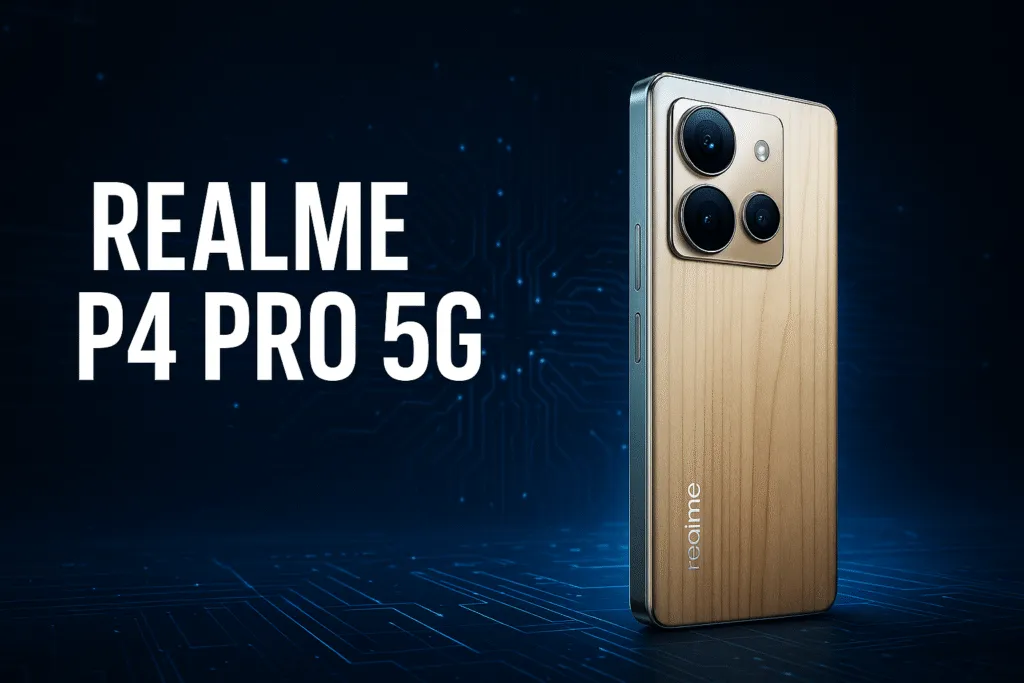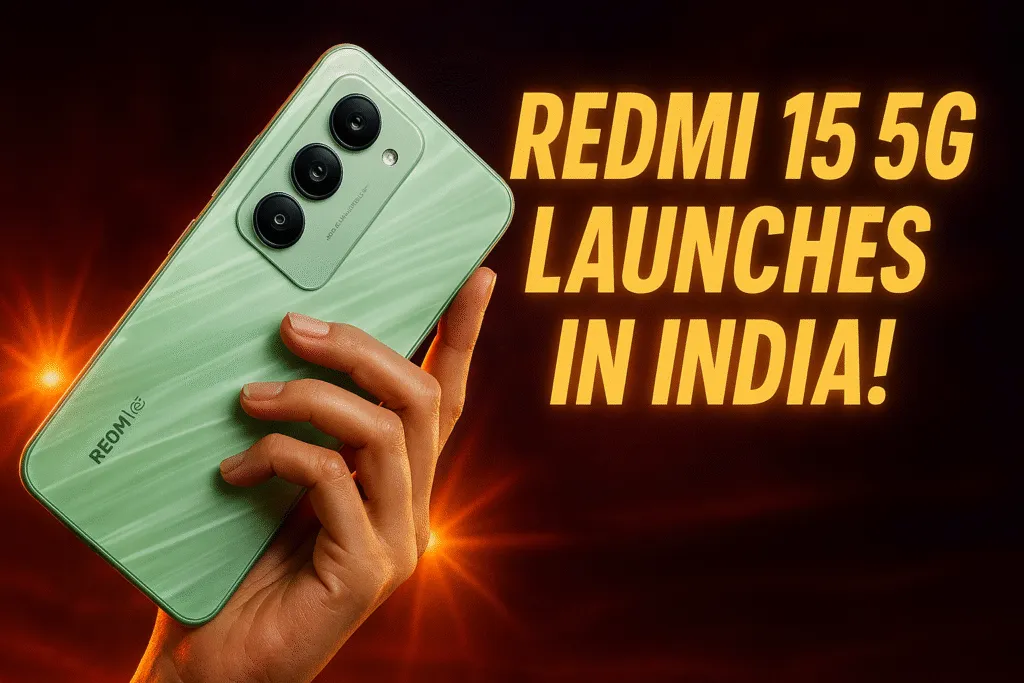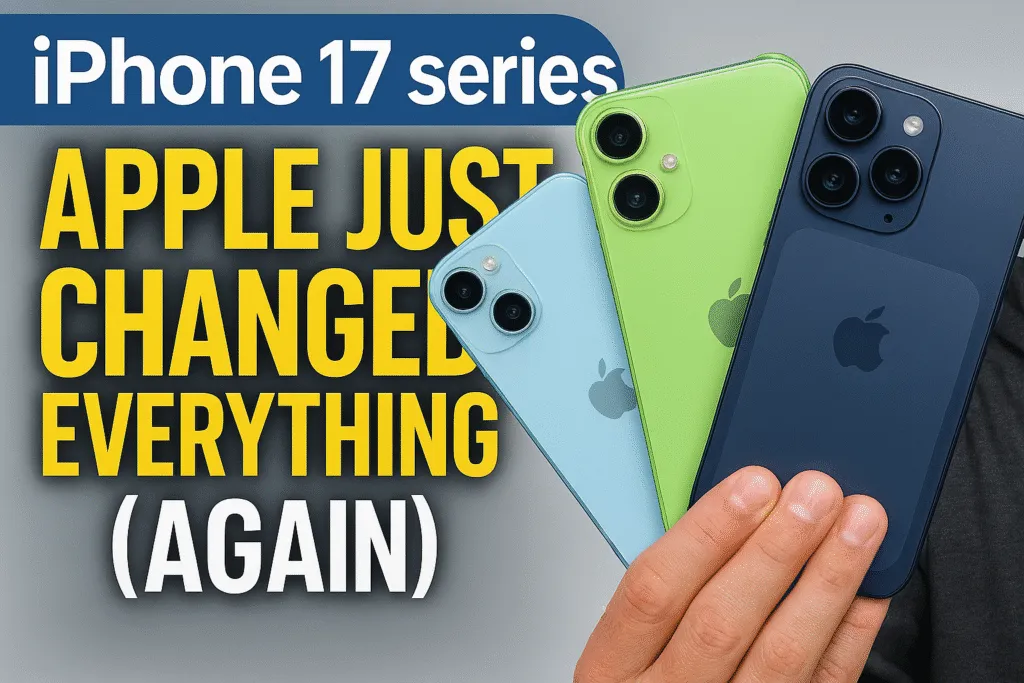Introduction – Why Compare Windows 11 and Windows 12?
The world of operating systems keeps evolving, and Microsoft is leading that charge with back-to-back innovations. With the arrival of Windows 12, many users are left wondering how it stacks up against its predecessor. The debate around Windows 11 vs Windows 12 is more relevant than ever, especially for those considering an upgrade or purchasing a new PC. You can also check the official Microsoft Windows page for the latest system details. Comparing both versions gives clarity on what’s changed, what’s stayed the same, and whether the improvements are worth the switch.
Windows 11 brought a fresh design and smoother interface after years of Windows 10. It introduced features like centered taskbars, rounded corners, and better support for hybrid work setups. But Windows 12 aims to take things a step further by enhancing AI integration, optimizing performance, and pushing more cloud-powered features into the spotlight.
For tech enthusiasts, gamers, professionals, and everyday users alike, understanding the core differences is essential. Each version has its strengths, and your usage needs will largely determine which one fits best. Some might prefer the familiar stability of Windows 11, while others may be eager to explore the advanced tools and automation offered in Windows 12.
This comparison isn’t just about features—it’s about future-proofing your digital experience. From system requirements to real-world performance, knowing where Windows 11 vs Windows 12 differ can help you make smarter decisions. Whether you’re upgrading your current system or planning your next laptop purchase, this breakdown will guide you through everything that matters.
Stick around as we explore the design, speed, productivity tools, gaming performance, and more to help you decide which version is right for you. The goal is to make your transition—or decision to stay—an informed one.
Design & User Interface Changes
When comparing Windows 11 vs Windows 12, one of the most noticeable differences lies in the design and user interface. Windows 11 introduced a clean, modern layout with a centered taskbar, rounded corners, and refreshed icons — a major shift from the boxy style of Windows 10. But Windows 12 takes that evolution further with a more fluid, AI-driven interface and deeper personalization options.
In Windows 12, the overall aesthetic has become more minimal yet dynamic. The start menu is now smarter and context-aware, offering app suggestions based on usage patterns and time of day. Live widgets are more prominent, and they can now be resized or pinned anywhere on the desktop, making information like weather, calendar, and notifications more accessible at a glance.
One of the biggest design shifts is the introduction of adaptive UI elements. Windows 12 can automatically adjust the interface based on screen size, device type (tablet or desktop), and even lighting conditions. This makes it more responsive and user-friendly, especially on hybrid or touchscreen devices. The animations are smoother, transitions are faster, and system-wide dark mode has been refined to look more consistent across apps.
Snap Layouts and Snap Groups — which were introduced in Windows 11 — have been enhanced in Windows 12 with more intelligent window suggestions and better support for ultrawide monitors. Multitasking now feels more natural, especially when working with multiple desktops.
Windows 12 also allows greater customization of themes, transparency levels, and accent colors. Users now have the option to create dynamic wallpapers that change with the time of day or react to music and system activity.
Overall, while Windows 11 brought a fresh look, Windows 12 builds on that foundation with smarter, more flexible, and visually richer design choices — truly aimed at modern workflows and user preferences. If design matters to you, Windows 12 feels like a polished upgrade.
Performance Improvements and System Requirements
When discussing Windows 11 vs Windows 12, performance is one area where Microsoft has made key advancements. Windows 11 was already a leap forward compared to Windows 10, offering better efficiency, faster boot times, and improved resource management. However, Windows 12 raises the bar even higher with performance optimizations designed for the next generation of hardware.
Windows 12 introduces tighter integration with AI-powered background processes. These enhancements allow the OS to allocate system resources more intelligently, especially during multitasking and heavy workloads. As a result, apps open faster, system lag is reduced, and battery efficiency is improved on laptops. Microsoft has also optimized Windows 12 to work more efficiently with newer SSDs and hybrid storage, cutting down on read/write delays.
In terms of system requirements, Windows 12 continues the trend started by Windows 11 — it’s not made for older systems. A TPM 2.0 chip, Secure Boot, and at least a compatible 64-bit processor are still mandatory. However, Windows 12 also leans further into AI acceleration by taking advantage of NPUs (Neural Processing Units), which are present in many newer Intel and AMD chipsets. This means that while Windows 11 could run on many systems launched post-2018, Windows 12 is best suited for devices released in 2023 and beyond.
RAM requirements remain similar — 4 GB minimum — but for smooth AI features and multitasking, 8 GB or more is recommended. Storage space requirements are slightly higher too, as the OS itself is more feature-rich. A minimum of 64 GB storage is required, but 128 GB or more is ideal.
Overall, Windows 12 delivers better speed, responsiveness, and energy efficiency, but it also demands more modern hardware. If you’re running a mid to high-end system, you’ll definitely feel the performance boost. Otherwise, Windows 11 might still be the more compatible option for older devices.
AI Integration and Copilot Enhancements
One of the most significant differences in the Windows 11 vs Windows 12 comparison is the deep integration of artificial intelligence. While Windows 11 introduced Microsoft Copilot in its early stages, Windows 12 transforms it into a core part of the operating system, making AI not just a feature but a fundamental layer of interaction.
In Windows 12, Copilot is always accessible — docked to the side or activated via a hotkey — and it goes far beyond answering questions. It now assists with file management, app suggestions, settings customization, and even real-time writing and coding help. Think of it as a full-time smart assistant that understands context, predicts your needs, and adapts to how you work.
For instance, if you’re writing an email in Outlook, Copilot can suggest full sentences based on past messages or summarize long email threads. If you’re in Excel, it can generate complex formulas or build pivot tables with simple prompts. In File Explorer, Copilot can find files based on vague memory like “that PDF from last month with charts” — thanks to smart file indexing and AI tagging.
Windows 12 also brings AI-powered personalization, where the system learns your routine and auto-adjusts system settings like brightness, notifications, and even power modes based on your habits. This adds a layer of automation that was not present in Windows 11.
Behind the scenes, the OS leverages dedicated NPUs (Neural Processing Units) to run AI tasks locally — reducing latency and preserving privacy. This also ensures Copilot can function even without internet for certain tasks, unlike the cloud-dependent version in Windows 11.
In short, while Windows 11 introduced AI as a helpful tool, Windows 12 makes it a core experience. From productivity to personalization, Copilot is now your AI-powered co-pilot in the truest sense — smarter, faster, and more proactive than ever before.
Gaming Experience – Any Real Upgrades?
In the Windows 11 vs Windows 12 battle, one of the most anticipated areas of comparison is gaming. Windows 11 already introduced several gaming-focused features like Auto HDR, DirectStorage, and a better Game Mode. But does Windows 12 take things further? The answer is yes — especially for serious gamers with modern hardware.
Windows 12 builds upon the gaming foundation of Windows 11 with deeper optimization for DirectStorage 2.0, which drastically reduces game loading times by allowing games to pull assets directly from your NVMe SSD to the GPU. This is especially beneficial in open-world games and large-scale multiplayer environments. If you’re running a compatible SSD and GPU, you’ll notice smoother transitions, fewer lags, and lightning-fast load screens.
Another notable upgrade is the introduction of AI-enhanced upscaling, similar to NVIDIA DLSS or AMD FSR, but built directly into Windows 12 for broader compatibility. This feature uses AI to render games at lower resolutions and upscale them in real-time, delivering better frame rates without sacrificing visual quality — a huge plus for laptops or mid-range PCs.
Microsoft has also overhauled Game Mode in Windows 12. It now intelligently balances background processes using AI, reducing input lag and boosting FPS stability during gameplay. Additionally, Windows 12 includes a Performance Dashboard for gamers that gives real-time insights into CPU/GPU usage, thermals, and frame rates without needing third-party tools.
The Xbox Game Bar is more polished and customizable in Windows 12, and the Xbox app now supports seamless game syncing across cloud, console, and PC. Integration with Game Pass is tighter, with AI suggestions based on your playing history and friends’ activity.
While casual gamers may not see a massive difference, hardcore gamers and streamers will benefit from the refinements and advanced features in Windows 12. It’s clear that Microsoft is treating Windows 12 not just as an OS, but as a next-gen gaming platform.
Multitasking and Productivity Features
When comparing Windows 11 vs Windows 12, productivity and multitasking see some of the most useful upgrades. Windows 11 introduced features like Snap Layouts, virtual desktops, and improved touch gestures that boosted multitasking capabilities. But Windows 12 goes a step further by adding smart automation and AI-assisted features that truly transform how users manage tasks and windows.
One of the standout improvements in Windows 12 is the AI-powered Snap Layouts 2.0. Now, instead of manually choosing how to snap windows, the system suggests optimal layouts based on your app usage, screen size, and workflow history. Whether you’re a coder, content creator, or student, Snap Layouts adjust dynamically to fit your needs — even across multiple monitors.
Windows 12 also improves Virtual Desktops, making them easier to switch, name, and customize with unique backgrounds and layouts. You can assign different apps to different desktops (like work, gaming, or content creation) and Windows will remember your layout the next time you boot up — a feature that Windows 11 lacked consistency in.
Another big leap is the Task Switcher with AI context awareness. Instead of just showing open apps, Windows 12’s new switcher ranks them by relevance based on your recent activity. For example, if you’re working on a document and had a web article open related to it, that tab will be prioritized in your Alt+Tab switcher.
Clipboard History, Focus Sessions, and Timeline integration have also been refined. Focus Sessions in particular now connect better with your calendar and to-do apps, making it easier to block distractions and stay on track. You’ll also see on-screen reminders and productivity summaries — powered by AI — to help improve your workflow habits.
In summary, Windows 12 doesn’t just make multitasking smoother — it makes it smarter. The OS learns from how you work and adapts, turning passive tools into active productivity partners. For power users, it’s a welcome evolution that makes daily tasks faster and more intuitive.
Security and Privacy Upgrades
Security has always been a critical focus in Windows, and when comparing Windows 11 vs Windows 12, Microsoft has clearly stepped up its efforts to protect users in an increasingly digital and AI-driven world. While Windows 11 introduced requirements like TPM 2.0, Secure Boot, and improved Windows Hello, Windows 12 enhances both security and privacy with smarter, more autonomous protections.
Windows 12 brings in AI-powered threat detection that works in real-time. Unlike traditional antivirus tools that rely on known signature databases, this AI system learns from patterns of unusual behavior and blocks threats before they execute — even if the malware is new or unknown. This proactive layer makes it harder for ransomware, phishing, and zero-day exploits to bypass the system.
A major privacy upgrade is the introduction of the Privacy Dashboard, which shows you exactly what data is being accessed by apps, system services, and AI tools like Copilot. You can now revoke permissions, see usage history, and even set location and microphone access by time or app category. This is a big leap over the limited control offered in Windows 11.
Windows Defender in Windows 12 is faster and lighter, with cloud-assisted protection that uses Microsoft’s vast security network to identify and neutralize threats instantly. There’s also Hardware Shielding for AI tasks, ensuring that your local AI processing — like Copilot suggestions or smart file search — happens in a secure memory zone that’s isolated from the rest of the system.
Another important update is Secure App Isolation. Critical apps like browsers, banking apps, or document editors can now run in sandboxed environments by default. This minimizes the risk of data leaks or backdoor exploits through third-party extensions.
Overall, Windows 12 moves from passive protection to active, adaptive security, combining hardware-level trust with AI-driven defense. If you’re serious about protecting your data and identity in 2025, Windows 12 offers one of the most secure environments ever built into a mainstream operating system.
App Compatibility and Microsoft Store Updates
In the Windows 11 vs Windows 12 comparison, app compatibility and Microsoft Store improvements play a crucial role for everyday users, professionals, and developers alike. Microsoft has focused heavily on creating a more unified and flexible app ecosystem in Windows 12, while ensuring legacy support remains strong.
Starting with app compatibility, Windows 12 continues to support Win32, UWP (Universal Windows Platform), and PWA (Progressive Web Apps), just like Windows 11. However, what sets it apart is its enhanced backward compatibility engine, which uses AI to optimize and run older apps more smoothly — even those built for Windows 7 or 8. This means you’re less likely to face issues when running legacy software, an area where Windows 11 sometimes fell short.
A standout addition in Windows 12 is native support for Android apps, which was introduced in Windows 11 through the Amazon Appstore. Now, Windows 12 expands this with Google Play Store support (in select regions) and improved performance for Android apps, thanks to better virtualization and GPU acceleration. This makes multitasking across mobile and desktop apps seamless.
The Microsoft Store has received a major overhaul. In Windows 11, the Store became more developer-friendly, but in Windows 12 it’s faster, cleaner, and smarter. It now features AI-curated recommendations, personalized collections, and smarter filters for reviews, performance ratings, and security status of apps.
Developers can publish apps using their own content delivery networks and payment systems, with fewer restrictions — making the store more open than ever. There’s also better integration with Xbox Game Pass and Microsoft 365 apps, making the store a central hub for work and play.
In short, Windows 12 makes it easier to find, install, and run both new and old apps. With AI enhancements and broader compatibility, the experience feels faster, more reliable, and far more flexible than what Windows 11 offered. Whether you’re a casual user or a power user, the app ecosystem in Windows 12 is a major win.
Cloud Integration and OneDrive Features
One of the most powerful differences in Windows 11 vs Windows 12 lies in how deeply the cloud is integrated into the system. While Windows 11 introduced smoother OneDrive syncing and cloud file access, Windows 12 takes cloud-first computing to an entirely new level — making online storage and connectivity a seamless part of everyday use.
Windows 12 features deep, native integration with OneDrive, making it more than just a file backup service. Now, OneDrive works in real-time across apps and devices — for example, a document you’re editing in Word on your PC can be instantly picked up from the same point on your tablet or even phone. The sync is faster, more accurate, and now includes support for offline editing with auto-sync when reconnected, which improves the workflow even in low-connectivity zones.
One of the standout additions is Cloud Profiles. Your desktop, settings, pinned apps, and even themes can now follow you across devices. If you log into another Windows 12 system with your Microsoft account, your environment re-appears exactly as it was — something Windows 11 supported partially, but not at this depth or speed.
In Windows 12, OneDrive also features Smart Sync 2.0, which uses AI to predict which files you’ll need and keeps those synced offline — saving bandwidth and storage while improving accessibility. Additionally, shared folders now come with live collaboration features, similar to Google Drive, where multiple users can view, comment, or edit documents in real time directly from File Explorer.
Security has also been tightened. End-to-end encryption, ransomware recovery, and version history are now more accessible, with clearer controls and alerts directly integrated into the system tray.
Overall, Windows 12 transforms cloud storage from a background tool into a core OS experience. With smarter OneDrive features, real-time collaboration, and device-independent user profiles, the cloud in Windows 12 doesn’t just support your work — it powers it.
Windows 12: Internet Dependency and Online Features
As we compare Windows 11 vs Windows 12, one emerging theme is how much more internet-dependent Windows 12 has become. While Windows 11 still allowed for fairly independent offline usage, Windows 12 leans heavily into cloud services, online verification, and real-time data sync — transforming the way the OS interacts with the internet.
A major shift in Windows 12 is the requirement of a Microsoft account and an active internet connection during setup. Unlike Windows 11, which still allowed offline accounts in some editions, Windows 12 enforces online sign-in as standard, making it clear that the OS is built to function as a connected ecosystem.
Many of the advanced features in Windows 12 — especially those powered by AI, Copilot, and OneDrive — require an active internet connection to function at full capacity. For example, AI-generated content suggestions, smart file search, cloud profiles, and real-time collaboration tools all rely on cloud servers. If you’re offline, you can still perform basic tasks, but the smarter, more integrated features become limited or unavailable.
Even system updates, app installations, and driver management are now handled more efficiently through an always-online model. Microsoft has integrated more background syncing for patches, meaning fewer interruptions, but also more background data usage.
That said, Microsoft has balanced this with some helpful offline caching. Frequently used AI features and Copilot tasks are now partially available offline using local NPUs (Neural Processing Units). So while the OS prefers an online state, it doesn’t completely stop functioning when disconnected — it just becomes less smart.
Windows 12 is clearly built for a cloud-first future — with real-time updates, smarter syncing, and tighter integration with Microsoft’s online ecosystem. However, this also means users with poor or limited internet access may find the experience less complete compared to those with always-on connectivity. If you’re someone who depends on offline workflows, Windows 11 may still feel more flexible.
Which Version is Right for You?
Choosing between Windows 11 and Windows 12 depends largely on your device, your daily needs, and how comfortable you are with cloud and AI integration. Both operating systems are capable, modern, and secure, but they cater to slightly different types of users.
If you’re someone who uses your PC mainly for everyday tasks like browsing, light productivity, or media consumption — and you don’t have the latest hardware — Windows 11 might be the better choice. It runs smoothly on a wider range of devices, offers essential features like Snap Layouts and improved security over Windows 10, and doesn’t force you to stay online for full functionality. It’s also more forgiving for those who prefer offline use or want to avoid being locked into Microsoft’s cloud ecosystem.
On the other hand, if you’re a power user, content creator, gamer, or professional who wants the best of AI, smart automation, cloud syncing, and cutting-edge performance, Windows 12 is a clear winner. It’s designed for modern PCs with NPUs, works best with high-speed internet, and delivers a more proactive, personalized computing experience. Copilot becomes your AI assistant, your apps are smarter, and multitasking is more intuitive than ever.
Also consider your hardware. Windows 12 demands more from your system. If you’re using an older device, it may not even be compatible. Windows 11, meanwhile, supports a wider range of slightly older machines.
In short:
- Choose Windows 11 if you value stability, offline independence, and broader compatibility.
- Choose Windows 12 if you want the latest AI tools, enhanced productivity, and a cloud-first experience on a powerful, modern system.
Your workflow, your device, and your tech comfort level will decide which version is truly right for you.
Final Thoughts – Should You Upgrade?
Now that we’ve compared Windows 11 vs Windows 12 across all major areas, the big question remains: should you upgrade? The answer depends on your current setup, your usage style, and whether the new features justify the move for you.
Windows 12 is clearly built for the future — it’s smarter, faster, and more connected than any Windows version before it. The deep integration of AI, Copilot, adaptive multitasking, and cloud profiles shows that Microsoft is aiming for a fully personalized computing experience. If you have modern hardware (especially with NPU support), a reliable internet connection, and you want to unlock the full power of automation, performance, and productivity, then upgrading to Windows 12 is a strong move.
However, if your system is still relatively new but doesn’t meet all of Windows 12’s advanced hardware needs — or if you rely heavily on offline usage, local apps, or want more control over your data — Windows 11 still holds up extremely well. It’s stable, fast, and supports most modern features without the pressure of always being online.
Also, consider software compatibility. If you use older third-party tools or rely on traditional workflows, Windows 11 might be the safer, more familiar environment for now.
In the end, the upgrade decision comes down to how ready you are for a cloud-first, AI-enhanced desktop experience. Windows 12 isn’t just a new OS — it’s a shift in how Windows functions. It’s more proactive, more predictive, and more connected. For many, it’s a game-changer. For others, it might be worth waiting until their next device upgrade.
So should you upgrade?
Yes, if you’re ready for the future. No, if the present still works perfectly for you.
Also Read: What is a VPN and How It Works: The Ultimate 2025 Guide
FAQs – Common Questions about Windows 11 vs Windows 12
Q1. Is Windows 12 a free upgrade from Windows 11?
Yes, just like previous updates, Windows 12 is expected to be a free upgrade for genuine Windows 11 users, provided your device meets the hardware requirements.
Q2. What are the minimum system requirements for Windows 12?
Windows 12 requires a 64-bit compatible processor with at least 1GHz speed and 2 or more cores, TPM 2.0, Secure Boot support, 4GB RAM (8GB recommended), and at least 64GB of storage. Devices with NPUs will get full AI functionality.
Q3. Can I continue using Windows 11 if I don’t want to upgrade?
Yes, Microsoft will continue to support Windows 11 with updates and security patches for several years. You’re not forced to upgrade immediately.
Q4. Does Windows 12 work offline?
Basic functionality like local apps, file access, and offline tools still work. However, many advanced features — especially AI-driven ones — need an internet connection.
Q5. Is Windows 12 better for gaming than Windows 11?
Yes, Windows 12 enhances features like DirectStorage 2.0, AI upscaling, and improved Game Mode. Gamers with modern hardware will experience better load times and smoother gameplay.
Q6. What’s new in the Microsoft Store on Windows 12?
The Store is faster, AI-curated, and supports more app types including Android apps. It also offers improved download speeds and personalized app recommendations.
Q7. Can I use a local account in Windows 12?
Microsoft encourages using a Microsoft account during setup, especially for Home editions. Some Pro users may still find workarounds, but full functionality needs online sign-in.
Q8. What happens to my files and apps when I upgrade?
Your files and compatible apps will remain intact during the upgrade, but it’s still recommended to back up important data before starting the update process.
Q9. Is Copilot available in all editions of Windows 12?
Copilot is integrated into all major editions of Windows 12, but some features may be limited based on your hardware and whether your device has AI acceleration support.
Q10. How long will Windows 11 be supported?
Windows 11 is expected to receive mainstream support until at least October 2027, so users have time to switch when they’re ready.
